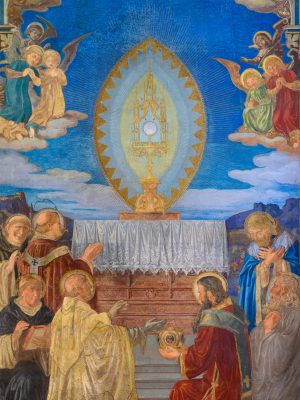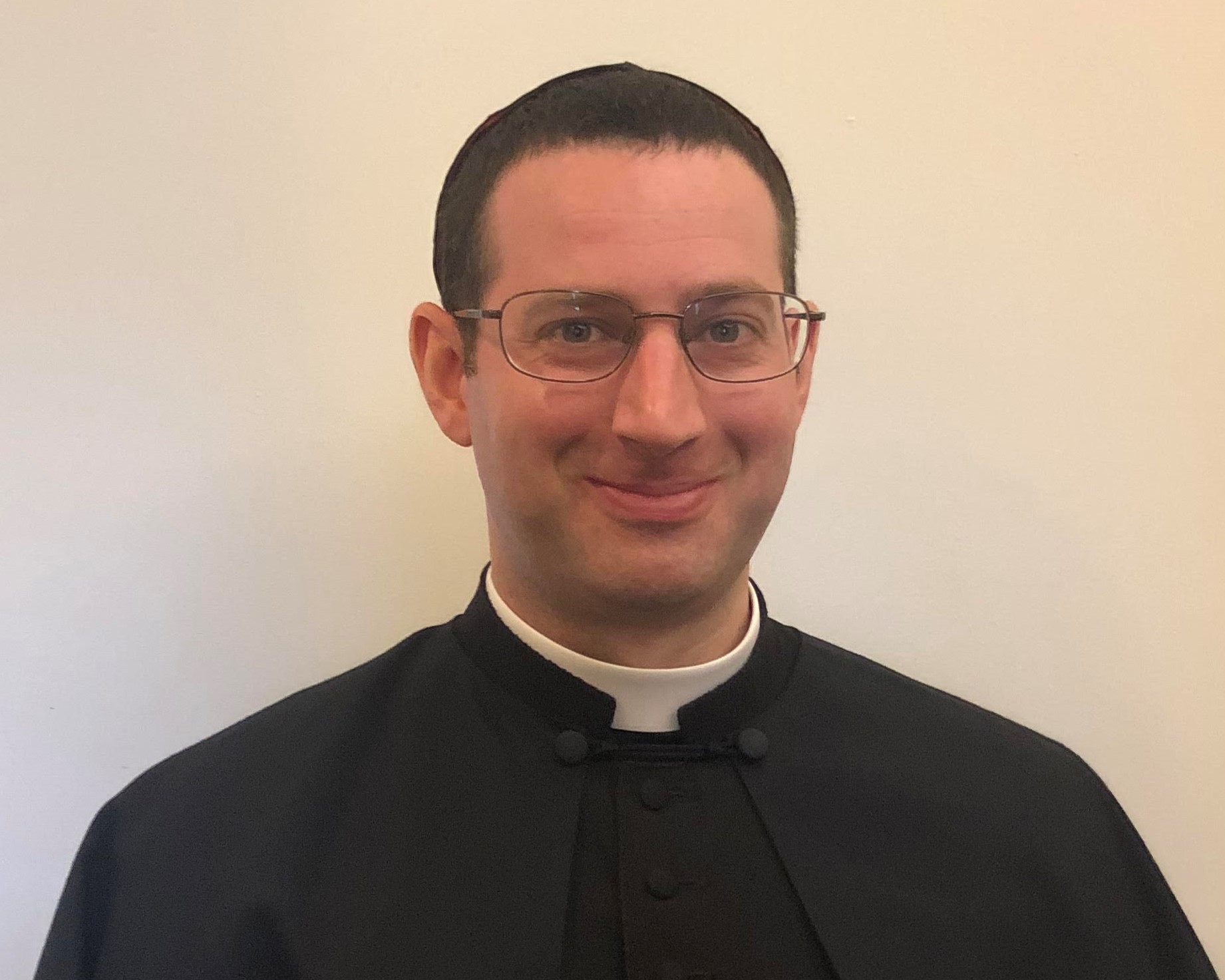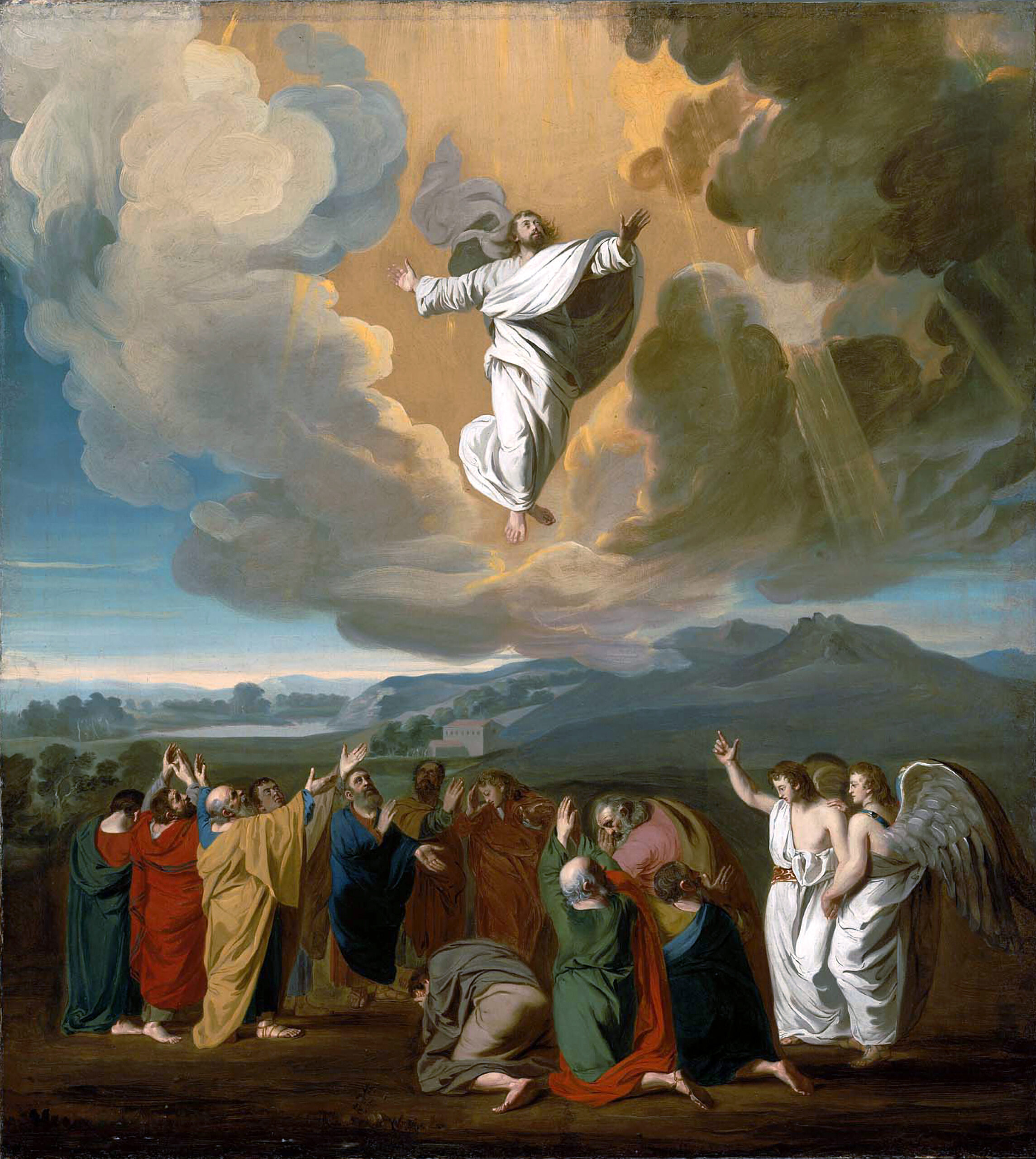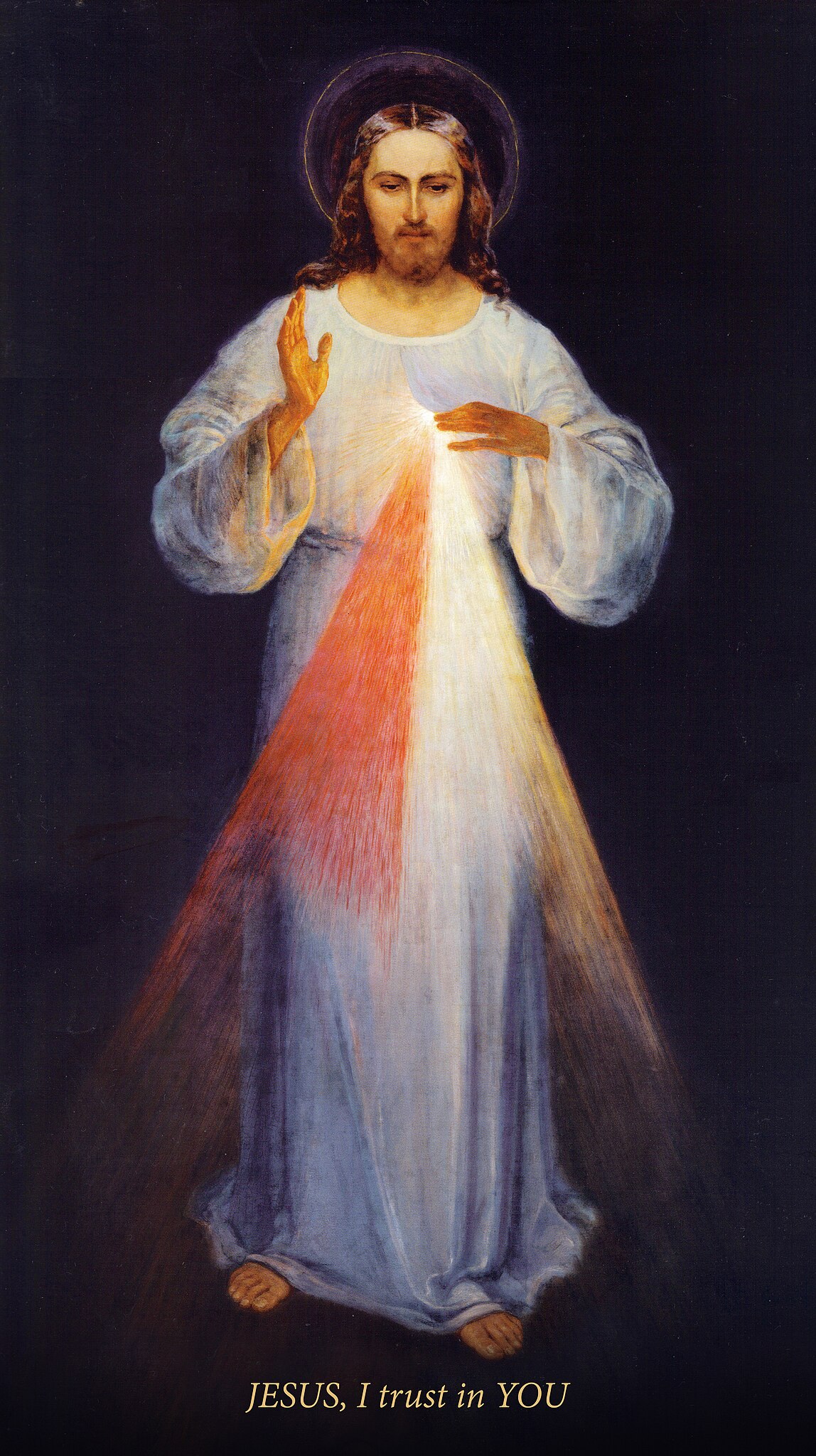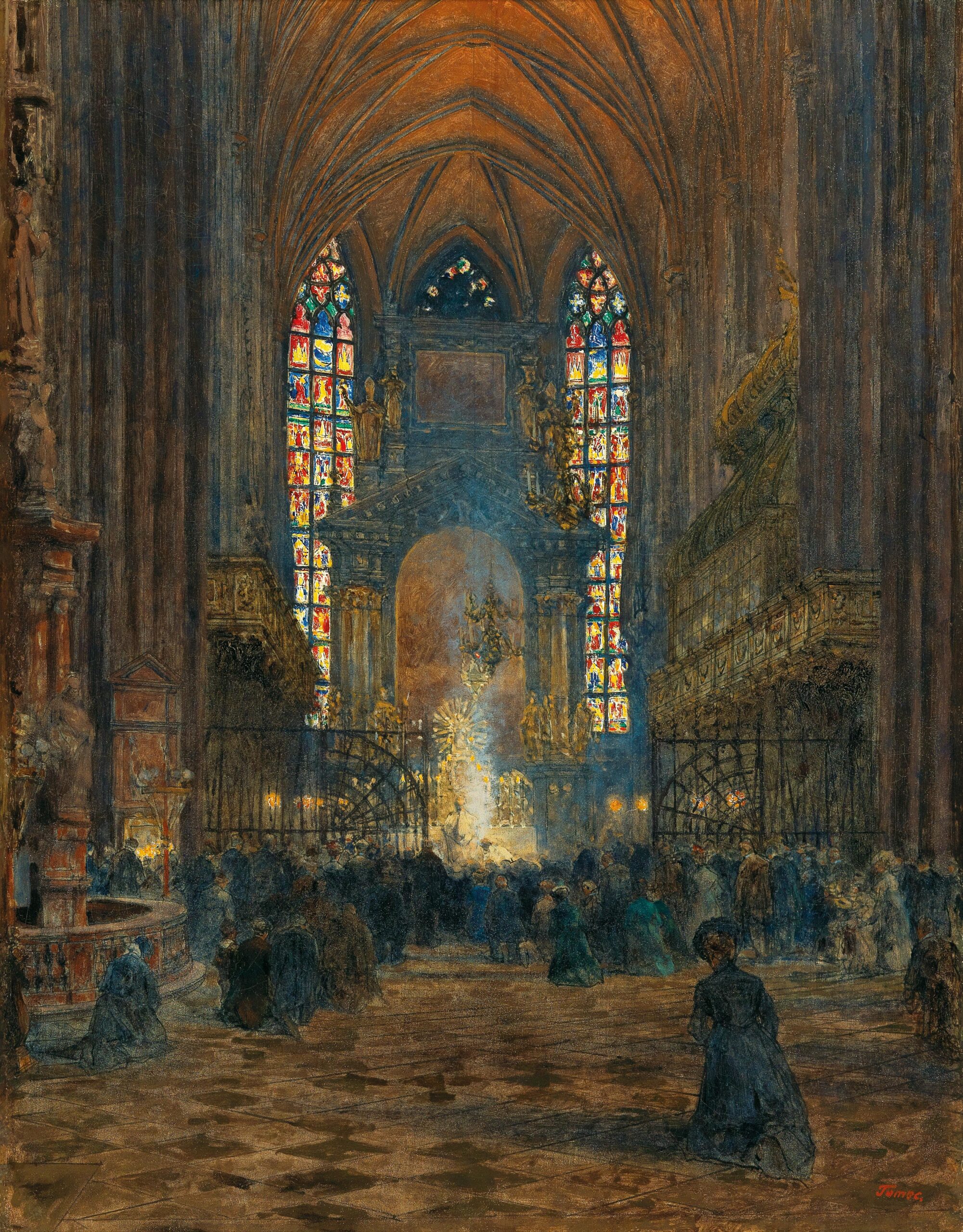There was a time in the Church’s history, and not too long ago at that, when the frequent or daily reception of Holy Communion was very uncommon. This changed in 1905 when Pope St. Pius X issued Sacra Tridentina Synodus. In addition to reintroducing the practice of frequent Communion into the life of the Church, this document also taught what the Church expects of those who would undertake this practice. It is worthwhile to revisit the teachings of this document.
The decree reads in part:
Frequent and daily Communion, inasmuch as it is extremely desired by Our Lord, Jesus Christ, and by the Catholic Church, should be made accessible to all the faithful, of whatever class or condition they may be, so that no one who is in the state of grace, and who approaches the Holy Table with a right and pious intention should be prevented from doing so.
A right intention consists in approaching the Holy Table not through habit or vanity, or from human motives, but in order to please God and become more intimately united to Him by charity, and, by virtue of this divine remedy to combat all faults and weaknesses.
All of the graces which will be given to the faithful for their sanctification and salvation were merited for them by Christ’s Passion and Death on the Cross. But these graces need to be applied to the individual. Our Lord, as God, the Author of Grace, and as the Meritor of Grace, was free to choose whatever method of distributing these graces He may have desired, but He established that Seven Sacraments – Baptism, the Eucharist, Confirmation, Confession, Extreme Unction, Marriage and Holy Orders – were to be the primary means of this distribution. While all of these Sacraments, when received with the right disposition, confer grace on the recipient, each Sacrament also has particular effects, including Holy Communion.
In addition to these particular effects, Holy Communion is further distinguished from the other Sacraments in that in the reception of Holy Communion, not only is grace offered but also the Author of Grace, Christ Himself. Indeed, when the Priest prays the words of Consecration over the bread and the wine, although no change is noticed by the senses – they still look like bread and wine, taste like bread and wine, smell like bread and wine, feel like bread and wine – they are no longer bread and wine, they are really and truly the Body and Blood, Soul and Divinity of Jesus Christ. Only the appearances of bread and wine remain.
As Christ Himself is offered in Holy Communion, recipients should not receive simply because they are in the habit of doing so – not thinking much about Whom we are receiving or why. Each reception of Holy Communion should be an intentional reception.
It should be kept in mind that, according to Church Law, one is only required to receive Holy Communion once a year during Eastertime (which in the United States is from the First Sunday of Lent to Trinity Sunday), while one is obligated to attend Mass on all Sundays and Holy Days. So just because one is at Mass, it does not necessarily mean that one must receive Holy Communion. One is free to receive or not so long as the Easter Communion requirement is fulfilled. On this matter, St. Augustine taught: “Some communicate daily on the Body and Blood of the Lord, while others receive it on certain days; one may freely follow either observance” (Ad. Inquisit. Ianuarri, Ep. 54.1).
We should receive Holy Communion because we have a true desire to grow in holiness, to receive spiritual nourishment, and to be more closely united with Christ Who comes to us hidden in this Sacrament of His Love.
There is more which the document has to say about the frequent reception of Holy Communion, which will be addressed in a future post.


